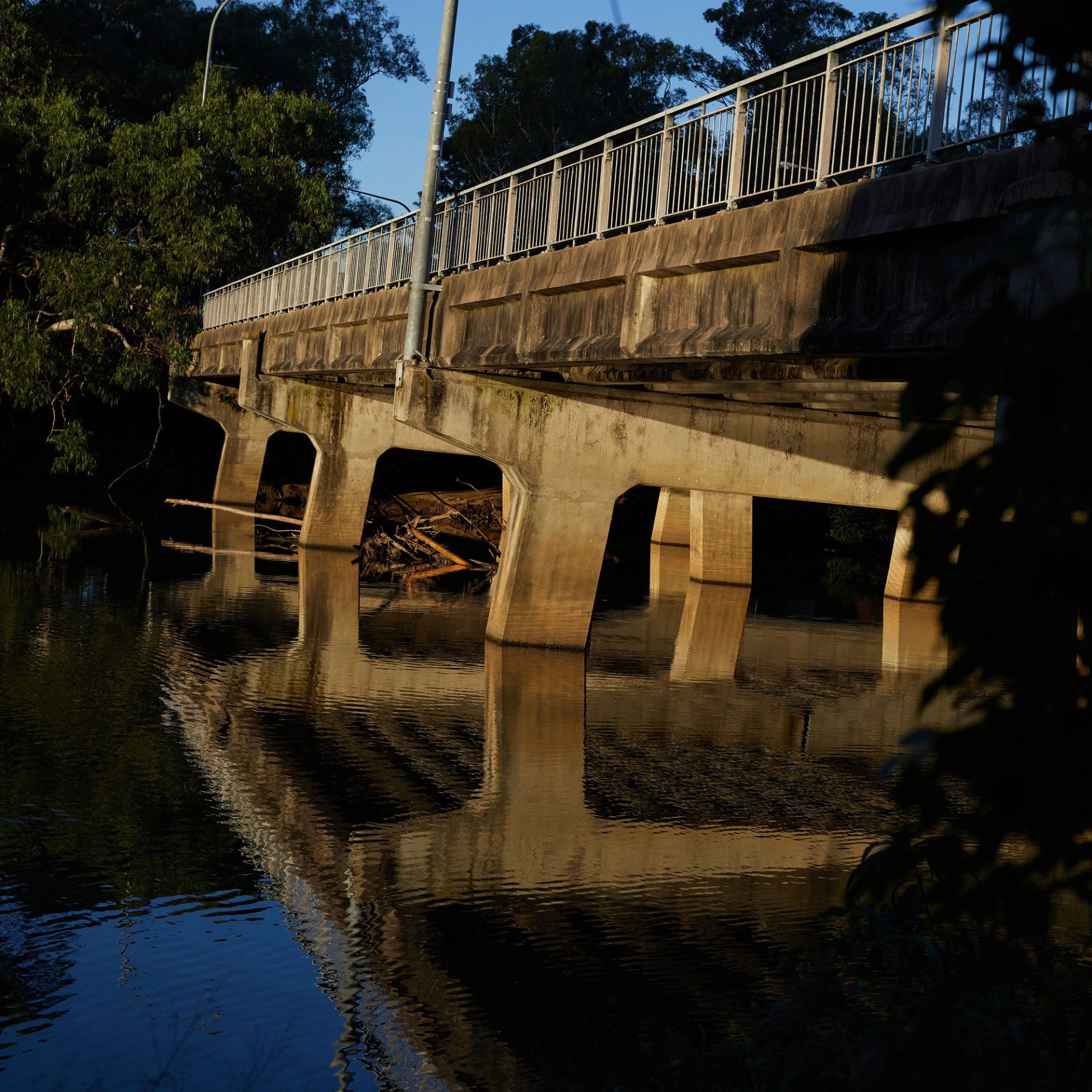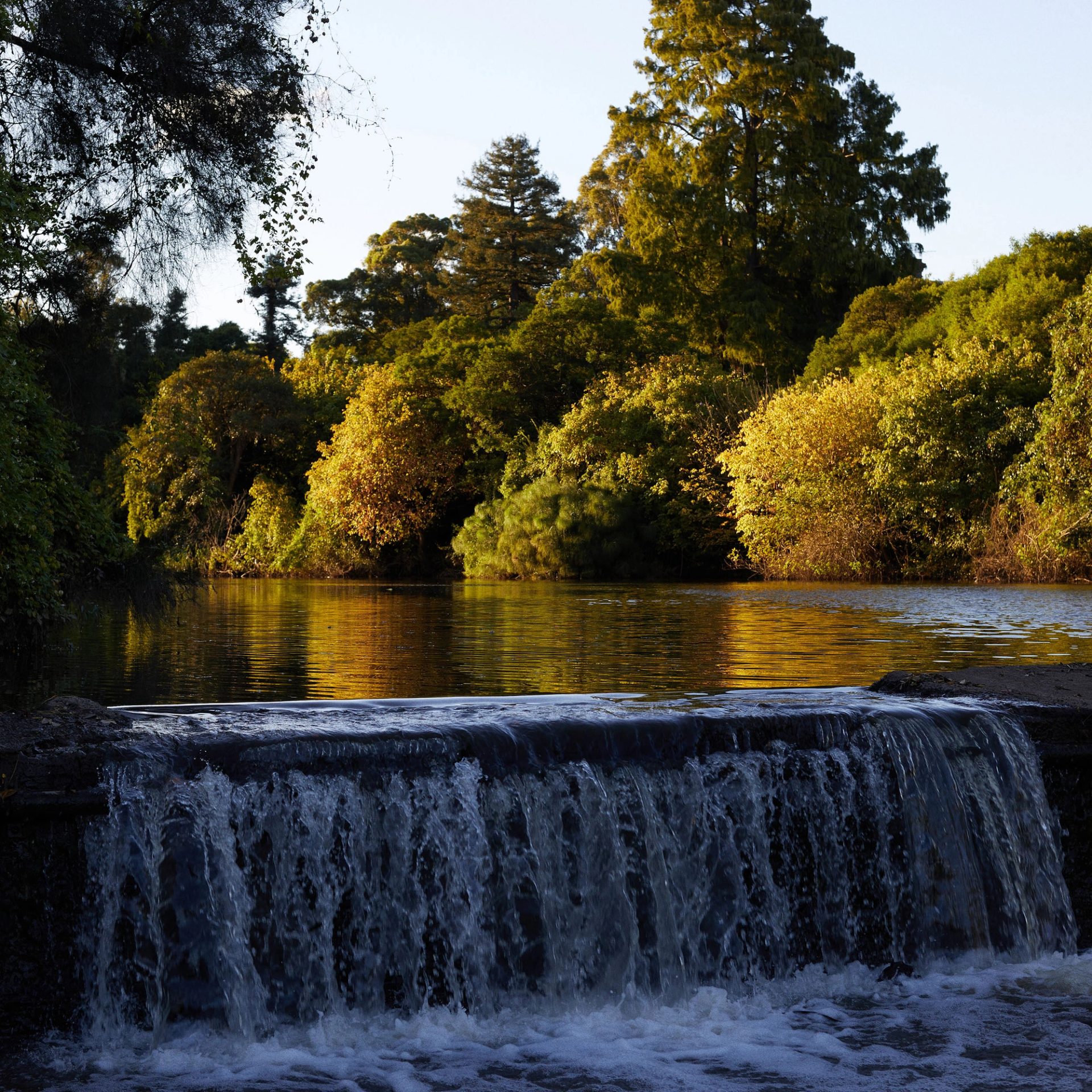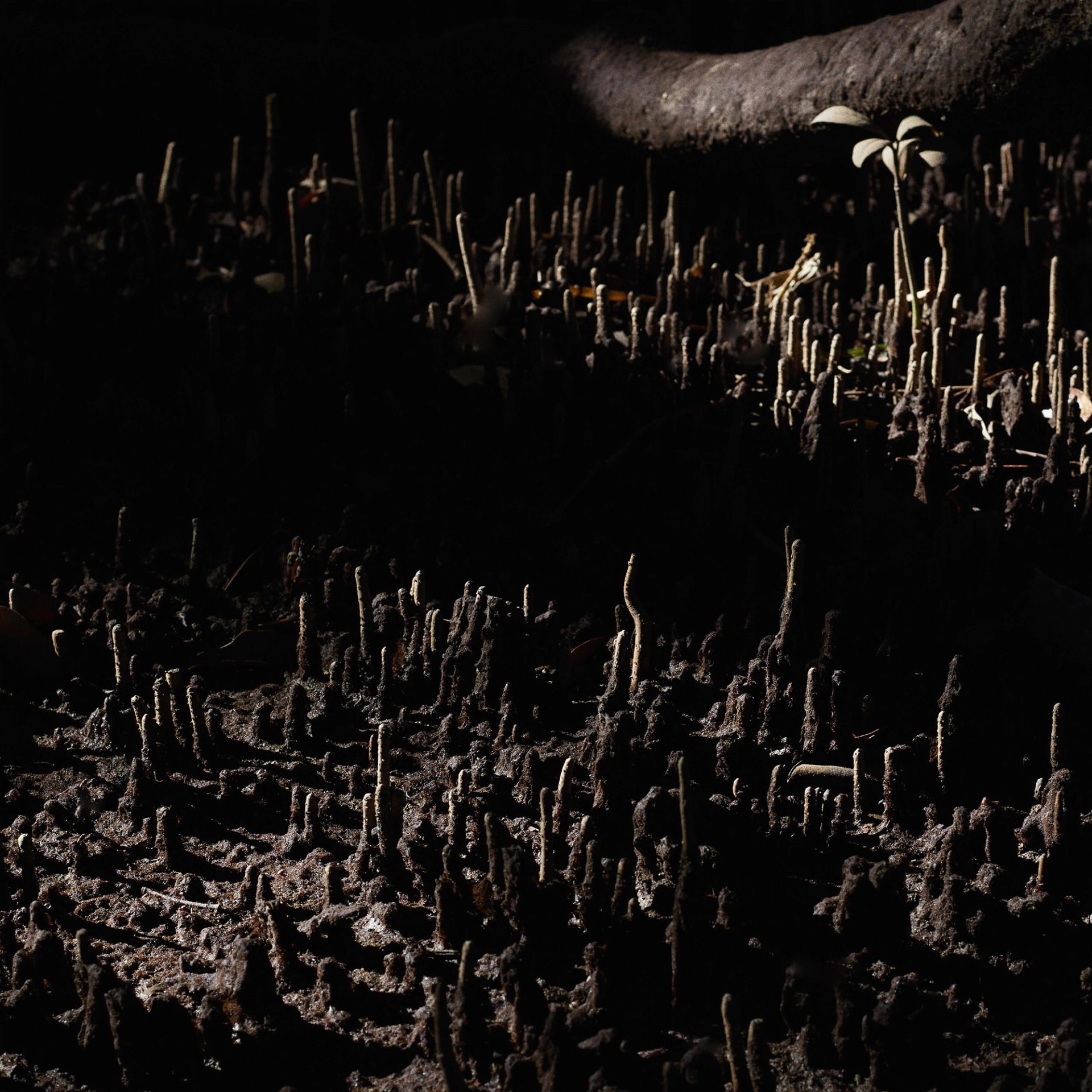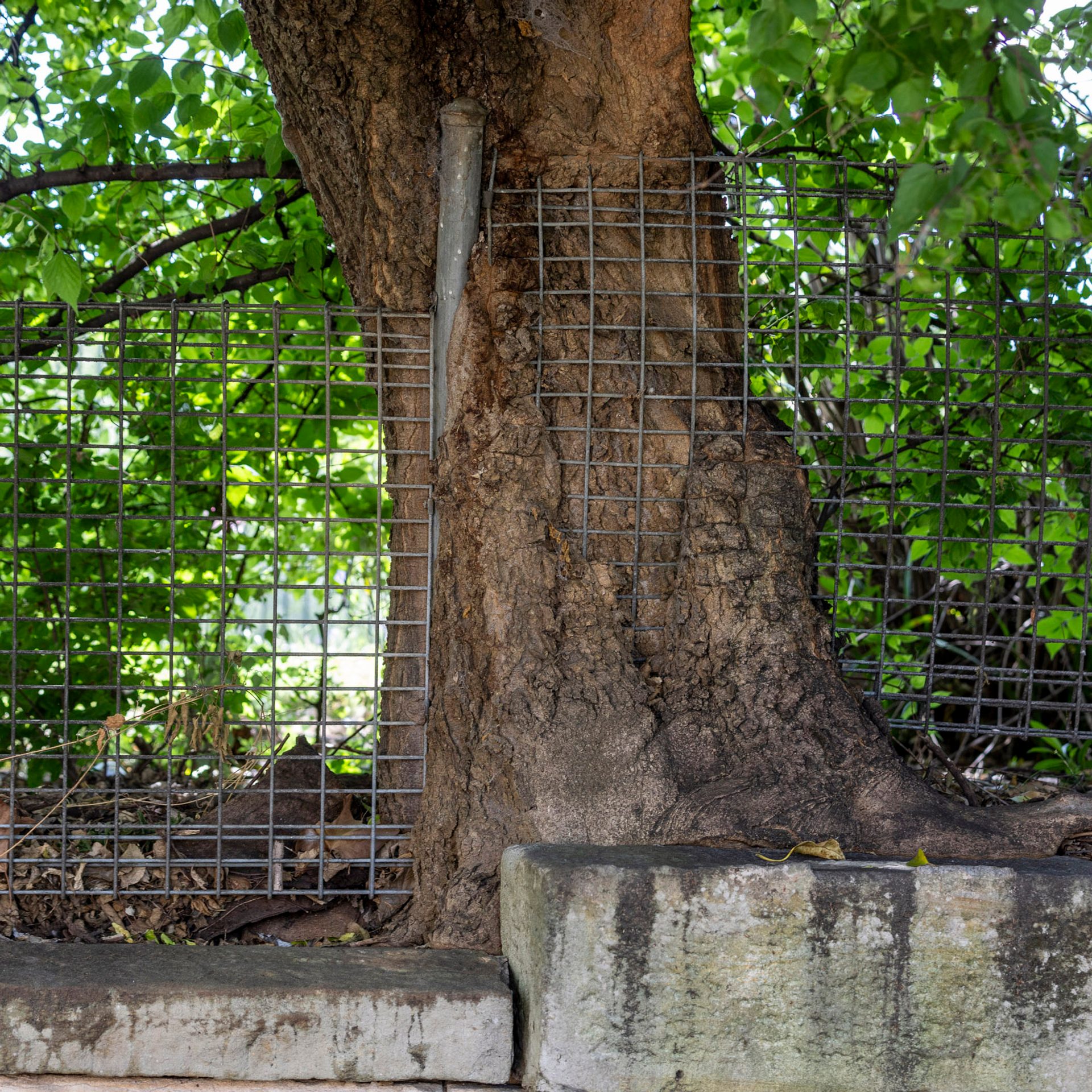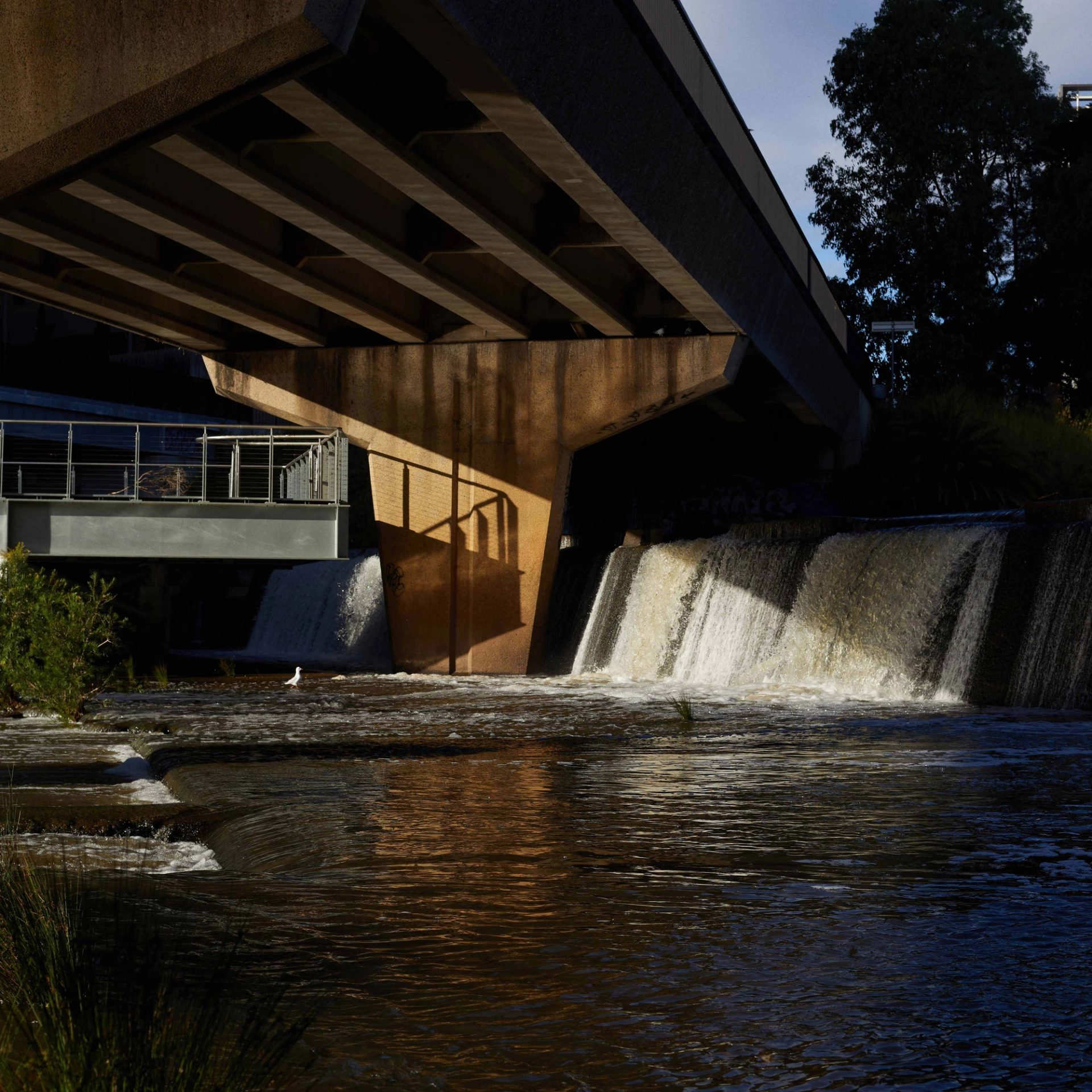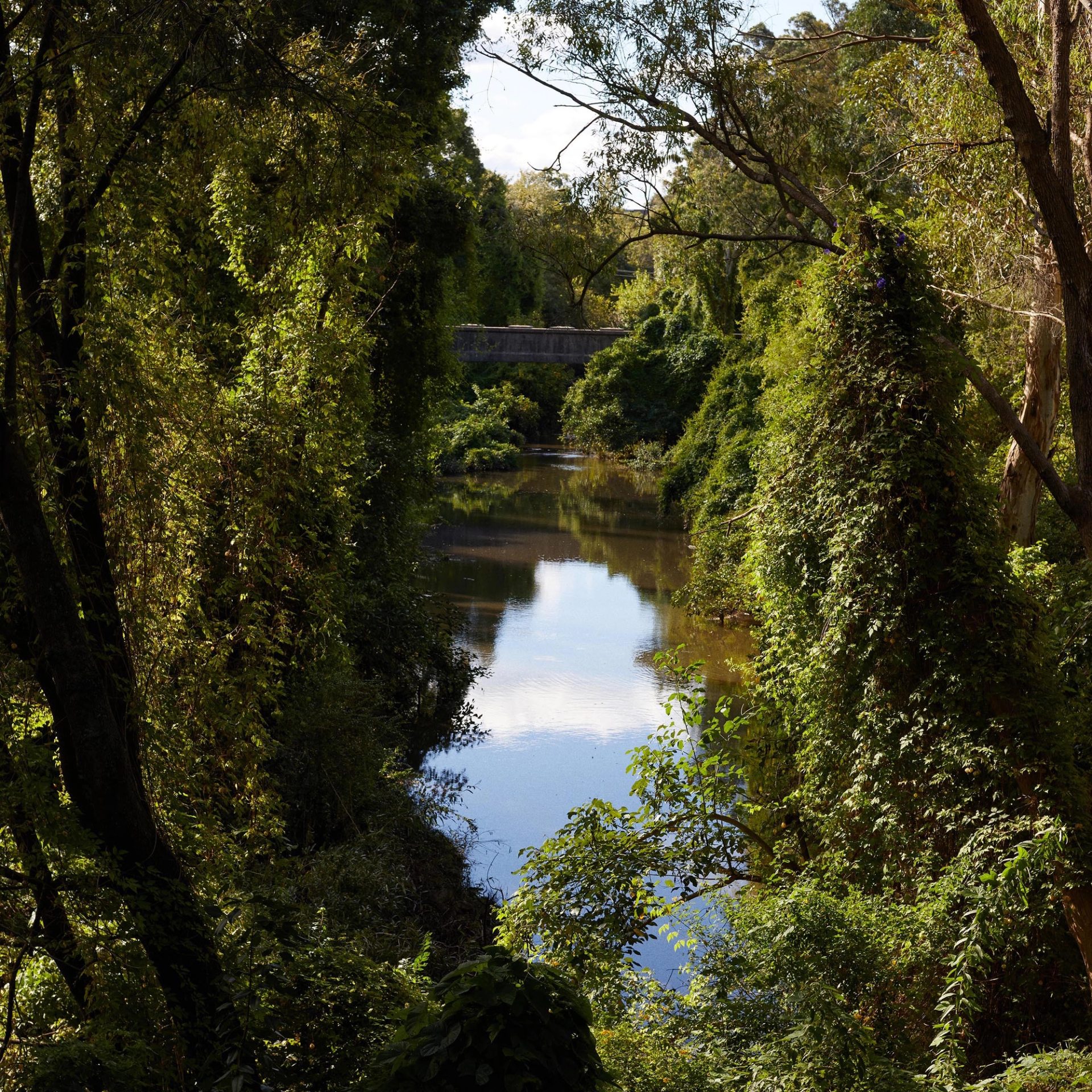Ka mua, ka muri — Looking back but moving forward

Maarama Kāmira was commissioned by Powerhouse to write this essay for The River, a series of new writing and photography responding to the landscape, communities and histories surrounding the Parramatta River.
Ka mua, ka muri — Looking back but moving forward
—
This story is named after a whakatauki or proverb about perspectives of time. The past, present and future are entwined. Our ancestors walk with us spiritually and physically, beside us and in us and shape our futures.
—
I begin my story with a proverb that speaks to the ways Indigenous people understand history and time – ‘the past, present, and future are entwined’. This is unlike many non-Indigenous ideas which are generally linear. For Indigenous people, the world is made up of relationships – everything that exists, including us, exists in relationship to everything else. Time is non-linear or cyclical. All times exist in the present of things: despite popular perception, we have never been a people just of the past.
My story is about Rangihou Reserve, as it is now known, on the banks of the Parramatta River. It is part of Dharug Ngurra and belongs to the story of the Burramattagal clan of the Dharug-speaking peoples. This place is also part of my story but not in the same way. My story doesn’t have the same relationship with this place as those who are ancestrally connected to it.
But first, I will tell you a bit about me.
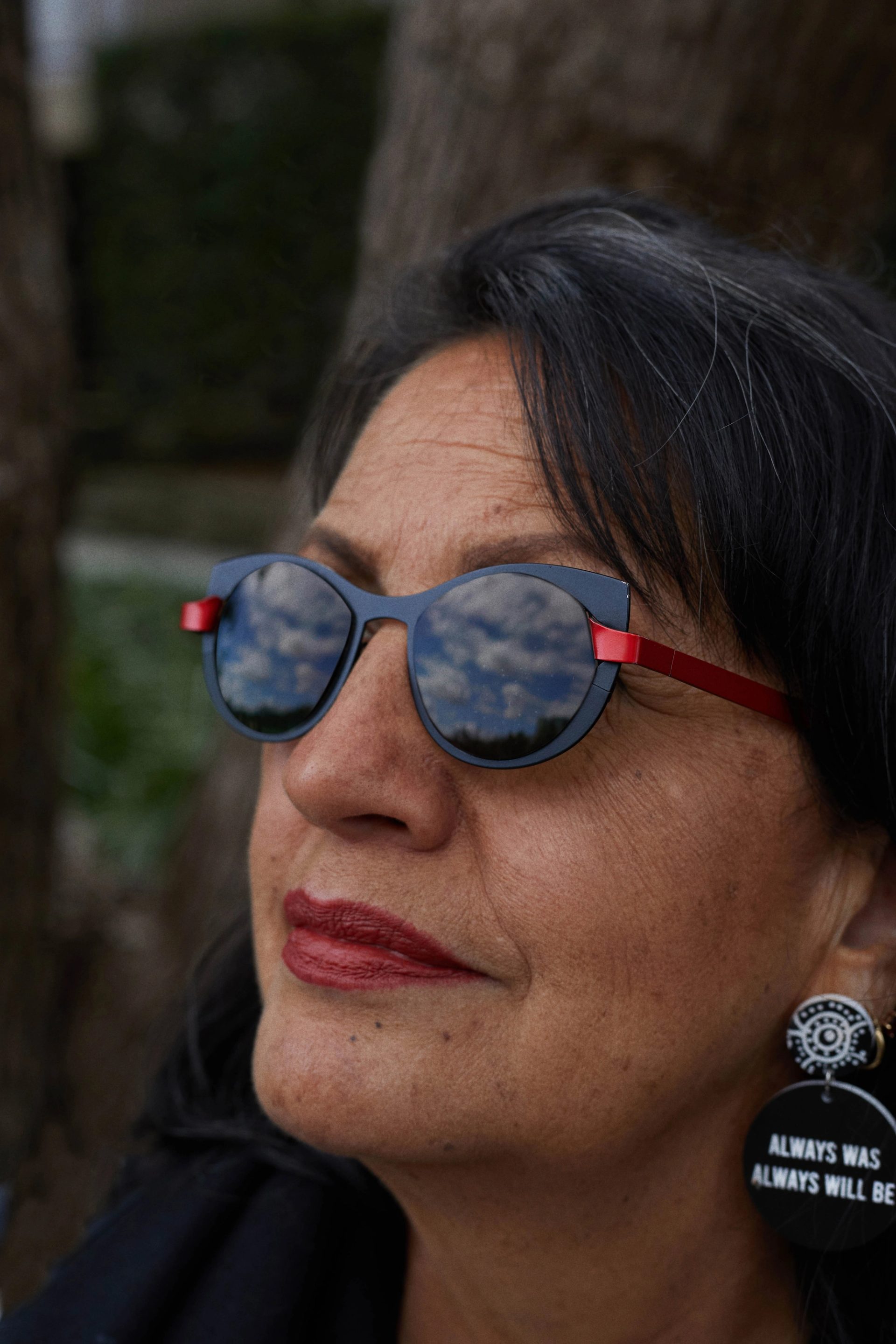
I come from the north of Aotearoa / New Zealand. We place ourselves, in relation to our mountain / maunga, our river / awa, our land / whenua, our people / iwi, our waka / canoe. My awa is the mighty Hokianga. Speaking about our relationships like this is called a pepeha and is a way of introducing ourselves and declaring our relationship to Country. The mountain and the river are as much our ancestors as our iwi.
Some Māori have had a long relationship with Australia over generations since colonisation. Some Māori include parts of Aboriginal lands in their pepeha. I’ve heard Māori describe the Parramatta River as their awa for example or the Blue Mountains as their maunga. While this might be about showing respect, it’s not accurate. A pepeha speaks to our ancestral connections to place so if you are neither Aboriginal nor Torres Strait Islander your ancestral place will never be on this continent. These are unceded Dharug lands – Māori are always guests here but never tangata whenua (people of the land).
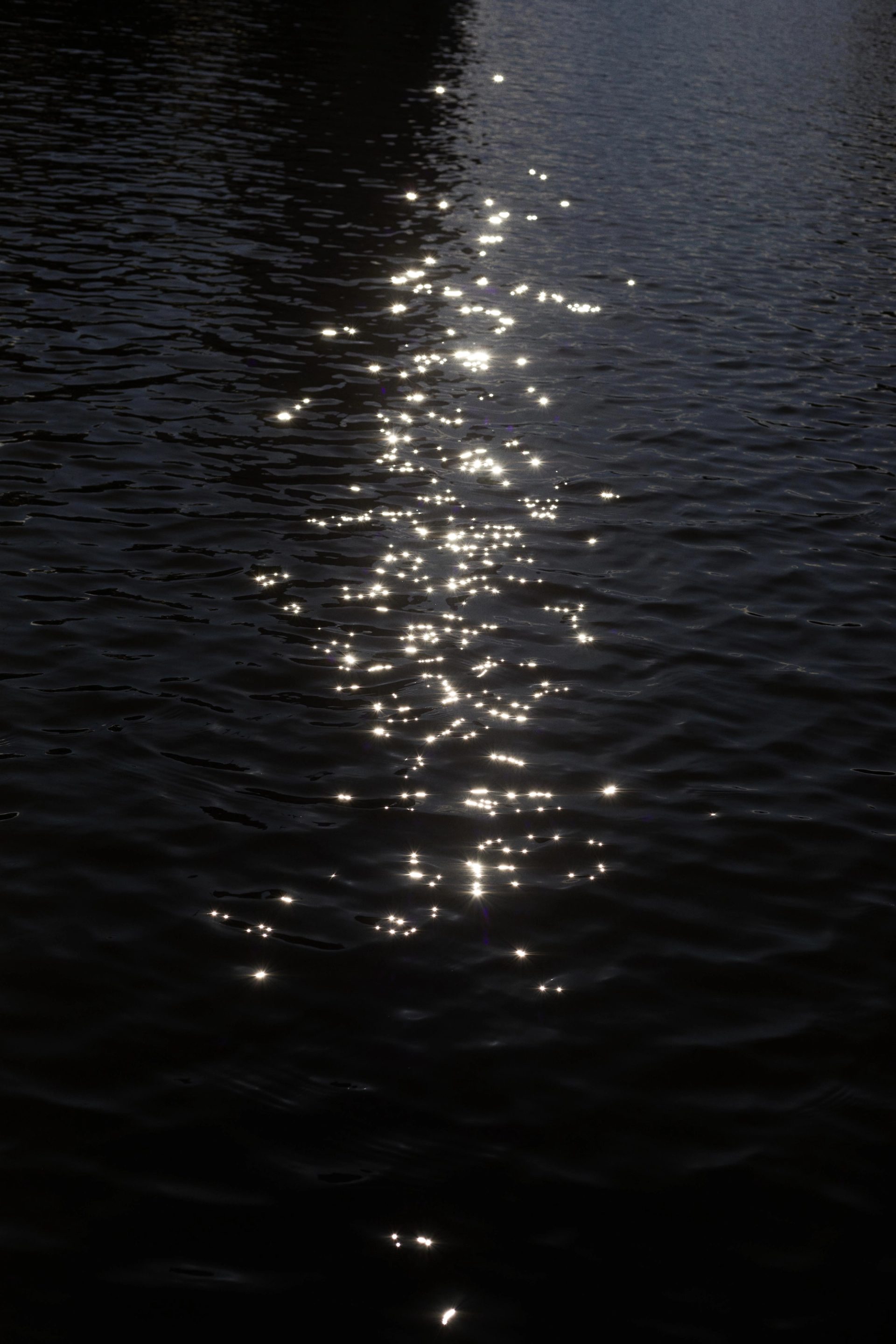
I am a wahine (woman) Māori and I am also a settler, albeit an Indigenous one. I have benefited from the actions of my tūpuna, my ancestors, who also traveled the Parramatta River during the colonial era. Like my family, they came here to learn, to live, to trade and later to escape racism and poor economic outcomes in Aotearoa. I often wonder if they considered what the lives of the tangata whenua – the Dharug peoples – were like or if they just thought about escaping the discrimination they suffered in Aotearoa.
Rangihou Reserve was renamed in 1980 after Rangihou in the Bay of Islands, Aotearoa. At the top of the hill, above the reserve is a street named ‘New Zealand Street’ which is the site where the missionary Samuel Marsden built his seminary for young Māori from Aotearoa. It was the first place Marsden tried to convert Māori to Christianity, though he wasn’t training the students to be ministers. The seminary was a school with the specific purpose of ‘teaching’ young Māori how to be like white people and embrace English culture and language. They were taught to adhere to Western ideas of time, work and labour, and to see the land as a possession to farm and breed livestock.
The school only operated for a few years from around 1819. There were a number of deaths that Marsden thought were from the practice of sleeping on the ground outside, but considering how hot it can be in Parramatta in the summer months, sleeping outside might have been a good option. These days, the reserve can’t be seen from the riverbank, screened by thick mangroves and sandstone walls. There are now high-rise buildings standing on the site of the seminary school that my tūpuna attended here in the early 1800s.
Recently, I visited Parramatta on a warm autumn afternoon, the sun sparkling off the river, and I found myself sitting opposite Rangihou Reserve. My feet dangled off the levee and I watched the fish skip and splash. There were so many of them jumping, skipping, darting. An egret took up a position on a post and peered at me, wings outstretched. I could see time moving through life.
I watched three men on the opposite bank jostle for prime fishing spots. The grass was luscious and green and the land held the promise of fertility. The men shared a joke and one pointed to the RiverCat making substantial wash. There was a time when people fishing would have stood in the water with spears to catch fresh mullet and eels here. In fact, the name Burramattagal means ‘the place where the eels lie’. Indigenous names for places hold much knowledge, unlike non-Indigenous names for places here that generally honour wealthy white men. As a child, mullet and tuna (eels) were the only fish we ate. I didn’t then know about the connection between Indigenous people, Māori, mullet and tuna. For both peoples, the times the mullet run are times of plenty.
As the sun warmed me, I began to think of my own tūpuna who came to Parramatta, thousands of kilometres away from Aotearoa, so far away from their kainga (village). It was considered a sign of wealth and honour for Māori whānau (families) to send their children to Parramatta to be instructed by Reverend Samuel Marsden. In the history books Marsden has been characterised as altruistic but this school was also a way of holding the tamariki (children) of the chiefs of Te Tai Tokerau (far north Aotearoa) as insurance so that no harm would come to the missionaries and traders there. I wonder what my ancestors thought about their new lives here on Dharug Ngurra. Did they miss home? The day had gotten away from me, and I realised it was late afternoon. I could hear the chattering of the school children as they walked home across the Gasworks Bridge. I wondered if my own tūpuna fished here – did they catch mullet or eels? Did they interact with Dharug peoples who no doubt fished here too? What did they make of this Country, a place which we had no stories of and therefore no way of understanding our relationship to this place?
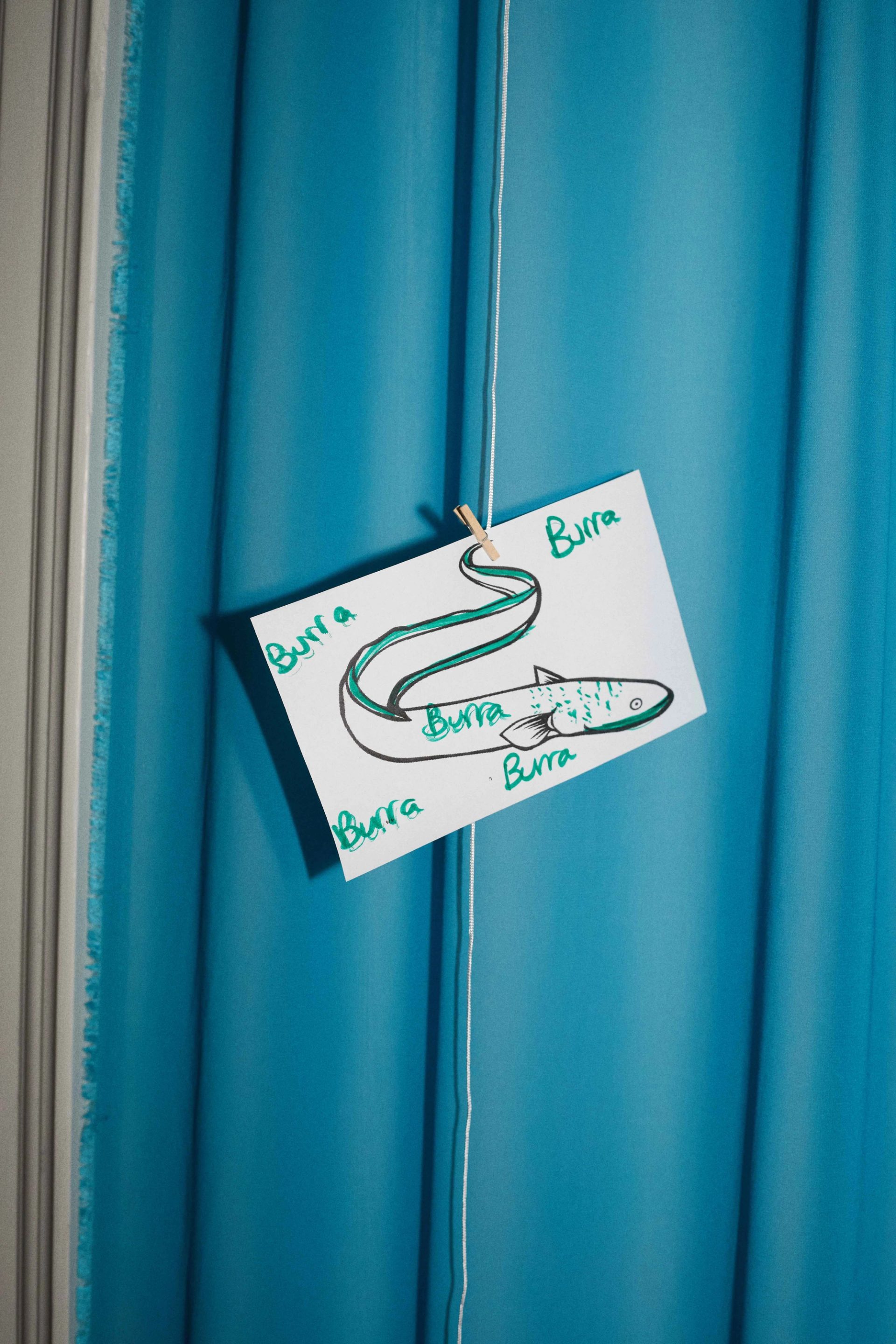
My tūpuna were a regular sight on the streets of Parramatta in the 1800s and have remained so. Parramatta has been home to a substantial Māori population, including the uri (descendants) of the tamariki who attended this school. There are not many records of Māori women who came to Dharug Ngurra during the colonial era. My research has found traces of wahine Māori in the archives. Some of them are even my tūpuna and their stories have fascinated me for many years.
Mary Bruce is one such person. She was the daughter of Te Atahoe and the granddaughter of Te Pahi who was the first ‘royal’ to visit the newly colonised Port Jackson. Former convict George Bruce had met Te Pahi on a ship returning to the Bay of Islands from Port Jackson and nursed him through seasickness. Bruce was reported to be the consummate grifter and on their arrival at the Bay of Islands, Bruce lived with Te Pahi and his people, and soon partnered with Te Atahoe despite being many years her senior. It was considered prestigious to host a pākehā and Bruce certainly relished being the source of that prestige.
In 1807 Te Atahoe and Bruce travelled from Aotearoa to Batavia, Malacca and Mumbai. On their return trip in 1810 to Aotearoa via Port Dalrymple (Launceston) and Port Jackson, she gave birth to Mary. In Port Jackson, Te Atahoe was stricken with dysentery which was treated with rhubarb juice and ginger. At the age of eighteen, Te Atahoe died and left behind her baby girl. She was buried in the Old Sydney Burial Grounds, where Town Hall stands today and then reinterred in a mass grave in the early 1900s at Haslams Creek – now known as Rookwood. I often visit her.
Marsden convinced George Bruce to leave Mary in the care of the Female Orphan School in Sydney for what was supposed to be a short time. Eight years later, Mary travelled up the Parramatta River from Sydney Town to the newly built Female Orphan School on the riverbank at Rydalmere. I often wonder how she must have coped at that school as one of the only brown skinned children there. I imagine she wondered why she wasn’t sent to the Blacktown Native Institution where most mixed raced orphans were sent. It was years later that I chanced upon a letter in the Colonial Secretary’s papers that referred to Mary. I learned through the letter that George Bruce wanted to come back to Port Jackson to get his daughter Mary but the Secretary wanted to keep Mary at the orphanage as security, because of her links to the chiefs in the north of Aotearoa.
Mary eventually became a teacher at the orphan school and married a former convict, James Tucker at St John’s Anglican Cathedral, the church her grandfather attended when he visited Parramatta. She had eight children whose descendants still live in Australia today. The school she worked in has now become the Whitlam Institute at Western Sydney University and I often sit on the stairs in front of the building and think of her – our very first Australian Māori so far away from her home and family.
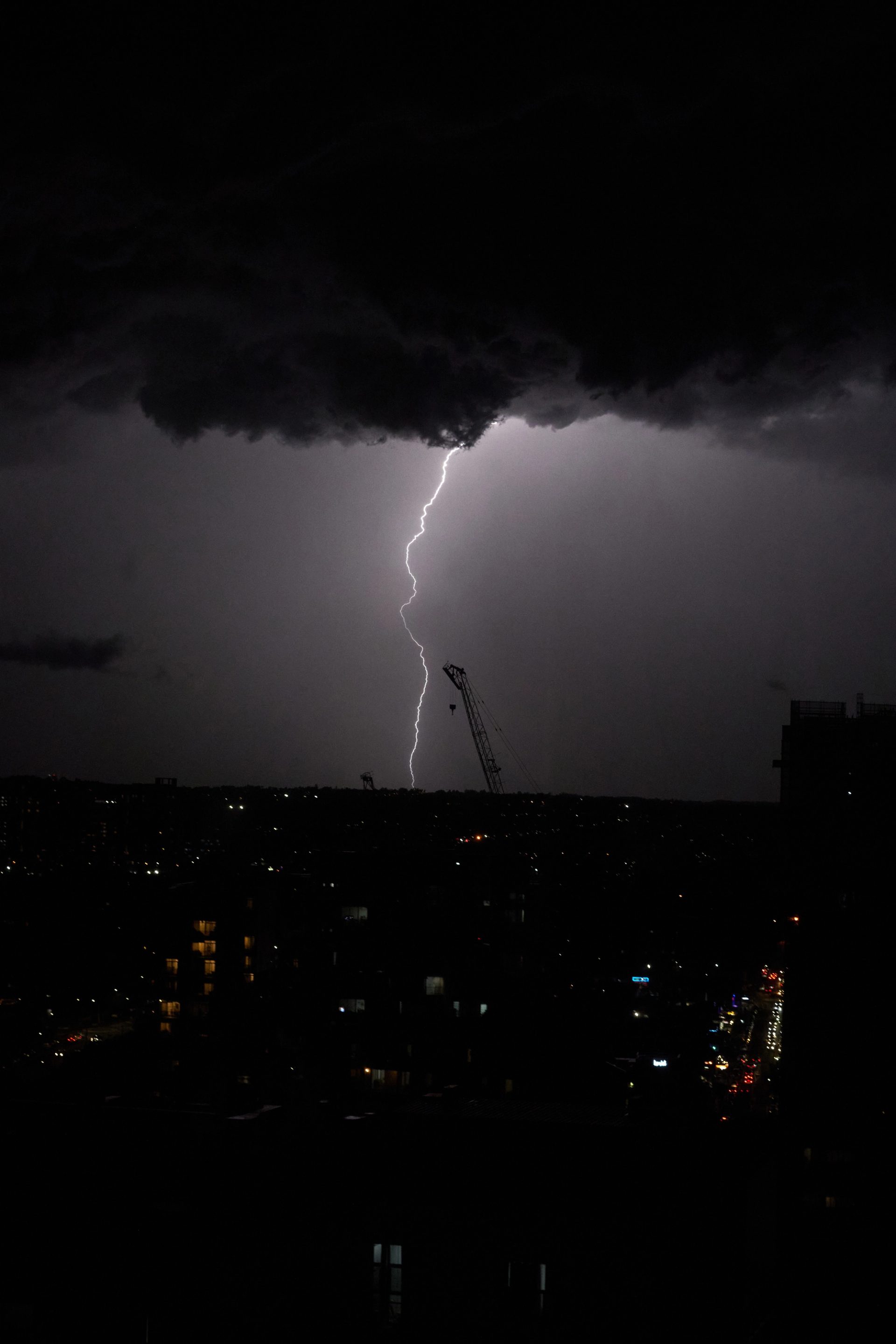
Without a doubt Rangihou Reserve is highly symbolic to Māori – and many of us feel connected to the place. Mary and my other ancestors who spent time at Marsden’s school, and their families, are remembered. Country remembers too. It’s not our land, but we are part of its story and the Burramattagal river is ever present, watching and gathering those stories together.
A mullet jumps at my feet and I shake off the water it throws on me, bringing me back to the present. The traffic rumbles across the Gasworks Bridge. I tell the mullet it’s lucky I don’t have a net, otherwise I’d be having a feed of mullet this evening. The egret looks at me. I swear it’s rolling its eyes at my conversation as if to say, you won’t beat me snagging that mullet.
First Nations languages are part of oral traditions that have existed for millennia and do not directly translate into the Roman alphabet, as used in English. Therefore, First Nations languages’ sounds have been interpreted in many different spellings. This means that the same words, including language groups and place names may be spelled in two or three different ways. For this publication, we have privileged the spellings of First Nations words the way the authors have suggested unless advised otherwise by Traditional Owners.
Writer
Maarama Kāmira is an Australian academic and writer who is proudly Māori Australian (Mozzie). She grew up in the Burramutta area of Warrane/Sydney and currently resides between Ngunnawal and Cadigal Country. Kāmira’s research area is Māori in Australia and she has written about the Māori history of Parramatta for the Parramatta City Council. She’s currently working on a PhD on Māori wāhine (women) in Australia at Macquarie University.
The River
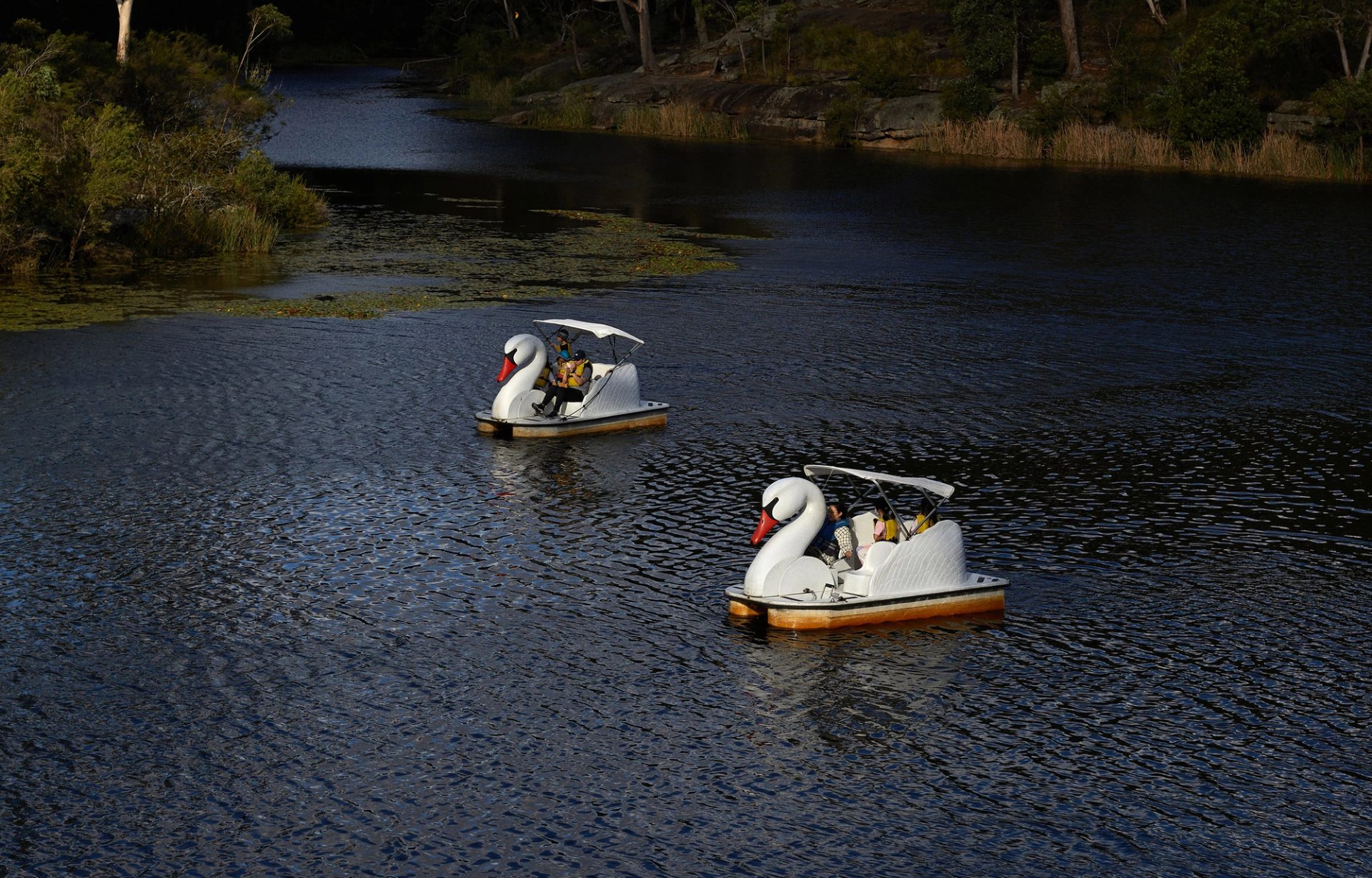
The River is a collection of new Australian writing and photography responding to the landscape, communities and histories surrounding the Parramatta River. Featuring Lachlan Brown, Willem Brussen, Felicity Castagna, Anwen Crawford, Maarama Kāmira, Joseph Mayers, Fiona Murphy, Conor O’Brien, Jiva Parthipan and Vivian Pham.
Writer: Maarama Kāmira
Commissioning Editor: Felicity Castagna
Head of Writing, Powerhouse: Jemma Birrell
First Nations Cultural Advisors: Beau James, Nathan Mudyi Sentance
Senior Editor, Powerhouse: Katrina O’Brien
Photos: Conor O’Brien


















